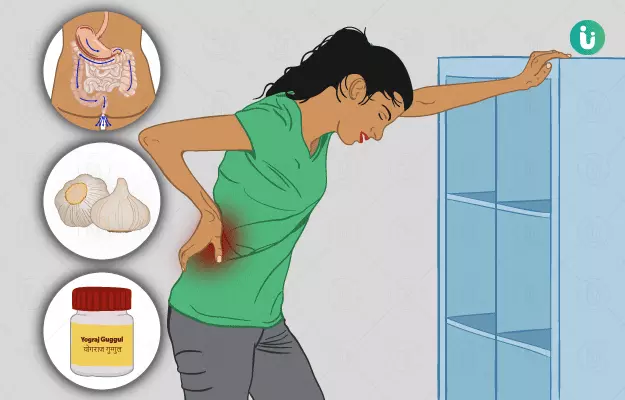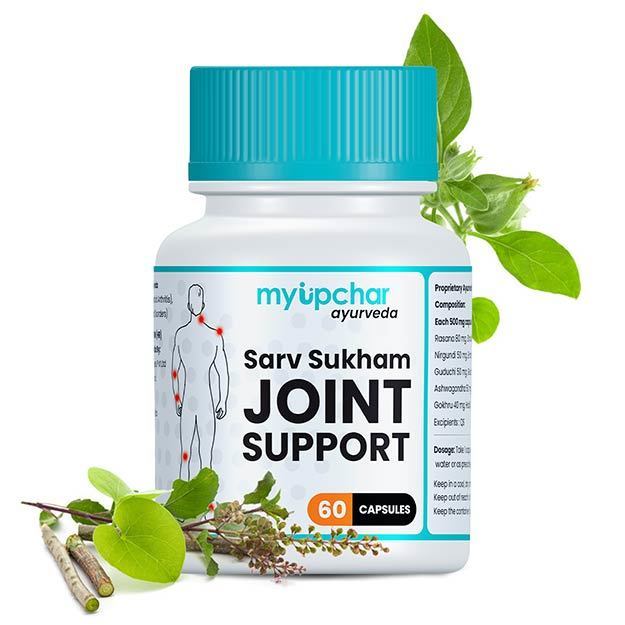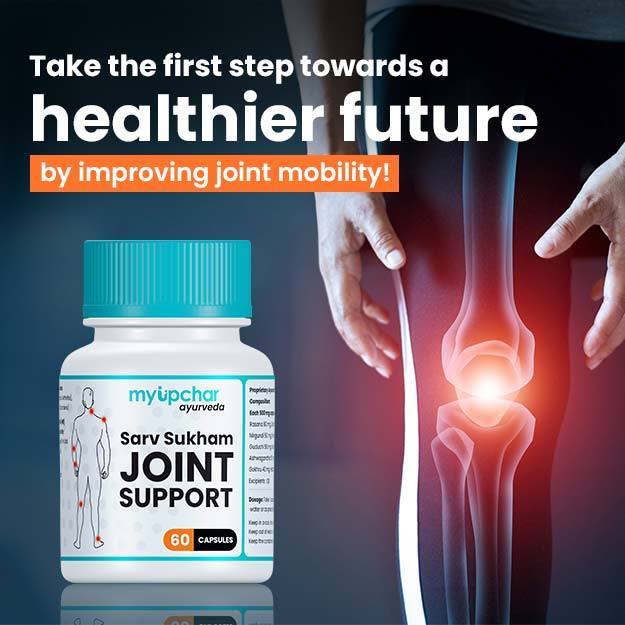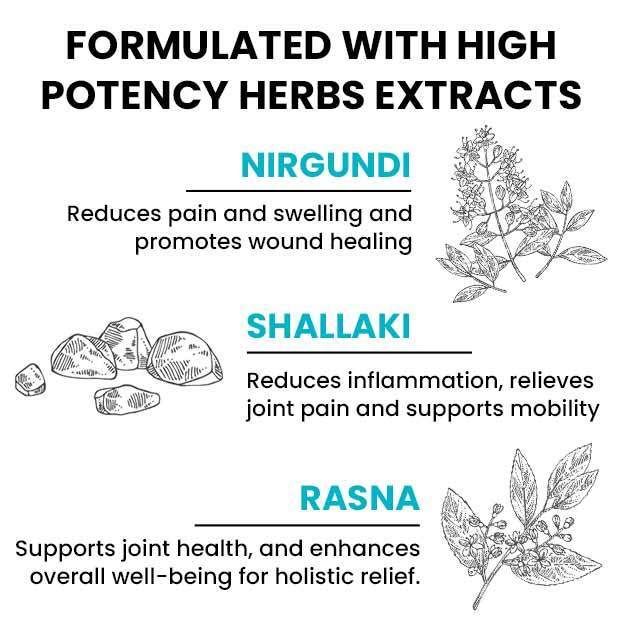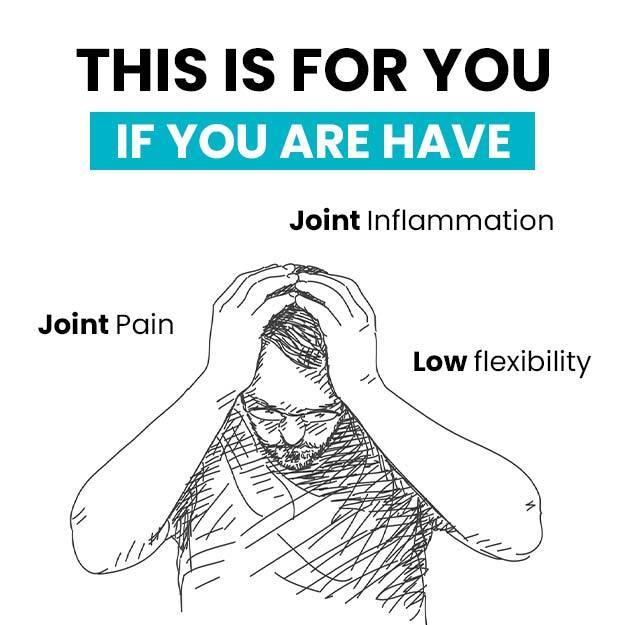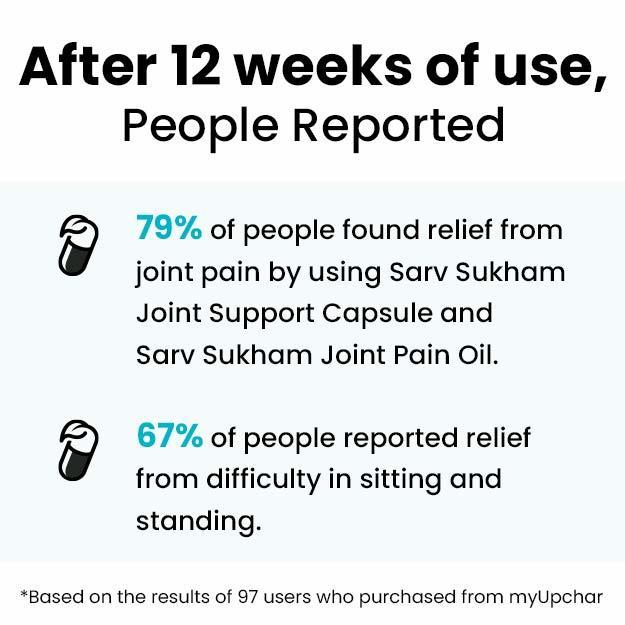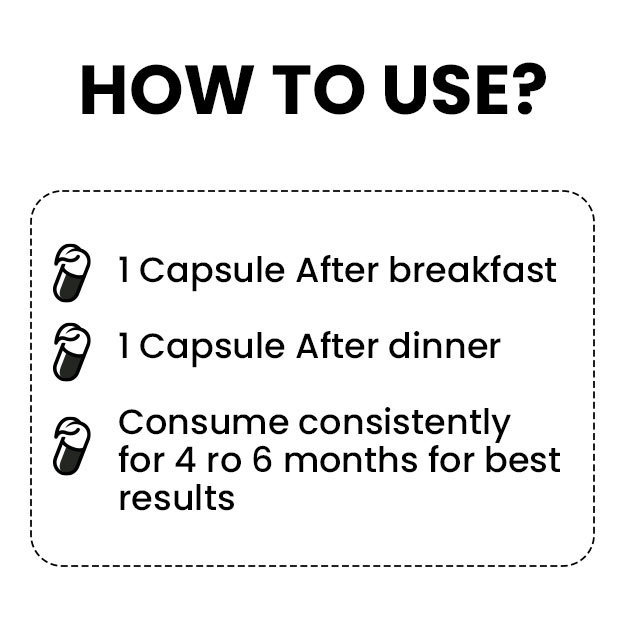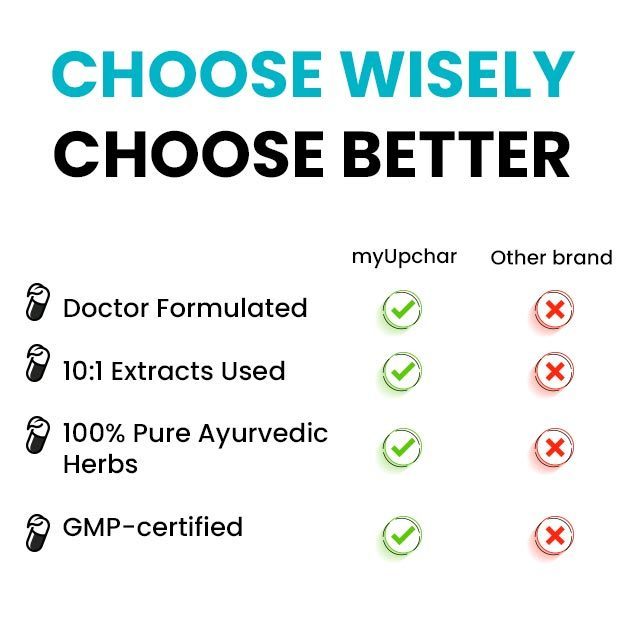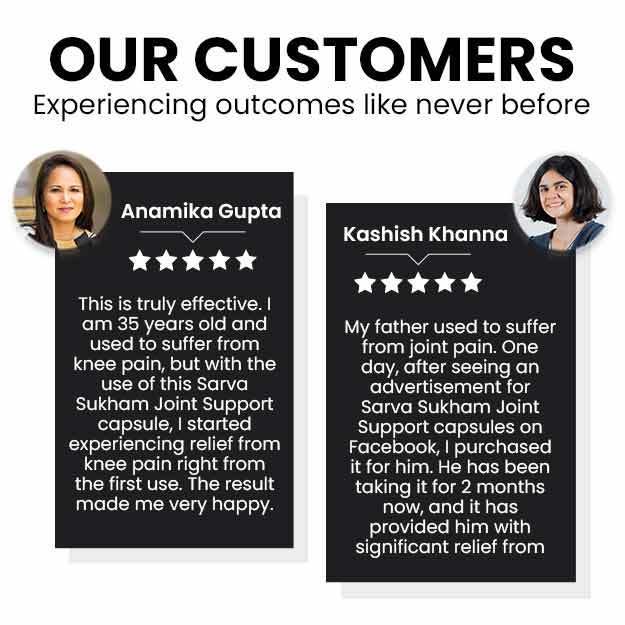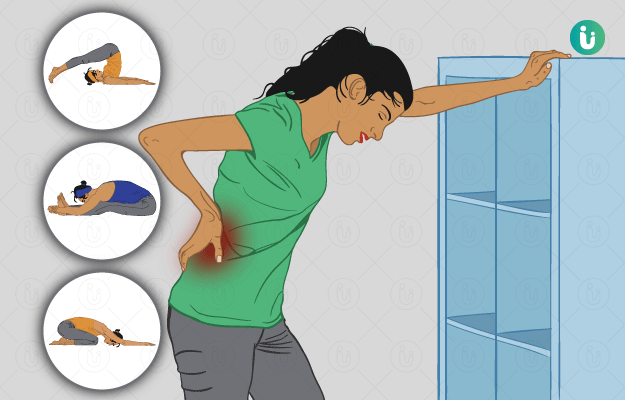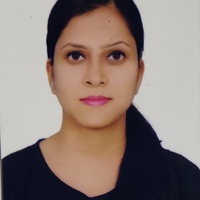Back pain, also known as katishula in Ayurveda, is usually associated with swelling and stiffness in the lower back and it occurs due to the vitiation of vata in lower back region.
Ayurvedic texts describe ancient treatment methods to treat back pain, which include udwartana (powder massage), swedana (sudation or sweat therapy), abhyanga (oil massage), basti karma (enema therapy), virechana karma (purgation therapy), lepa (coating the affected body part with medications) and agni karma (thermal cauterisation). Herbs that are effective for the treatment of back pain are shunthi (dried ginger), rasna (Indian camphorweed), rasonam (garlic) and eranda (castor). Ayurvedic medicines used to treat back pain include yogaraja guggulu, simhanada guggulu, dashmoola kashaya and balarishtha.

